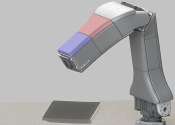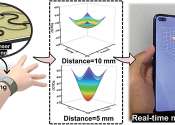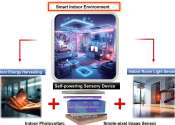People, not design features, make a robot social
It takes a village to nurture social robots. Researchers who develop social robots—ones that people interact with—focus too much on design features and not enough on sociological factors, like human-to-human interactions, ...
Apr 22, 2024
0
56









